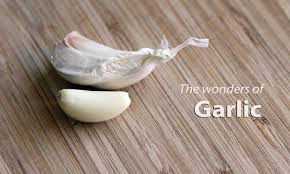(adsbygoogle = window.adsbygoogle || []).push({});
Microglia are immune cells in the brain and spinal cord that are the first and main line of defense in the central nervous system,”saidlead author Zezong Gu, an associate professor of pathology and anatomical sciences at the university’s School of Medicine. “Unlike other mature brain cells that seldom regenerate themselves, microglial cells respond to inflammation and environmental stresses by multiplying. By massing themselves and migrating toward an injury site, they are able to respond to inflammation and protect other brain cells from destruction.”. But microglia also tread a line between benefiting the body and harming it, protecting only to an extent. A byproduct of their function is nitric oxide, a free radical. And when a lot of microglia are produced, so are nitric oxide molecules, which can lead to oxidative stress and inflammation within the brain and nervous system. As we’ve all heard before, however,antioxidants fight oxidative stress, and in this case, that antioxidant compound is FruArg. As a carbohydrate derivative of garlic, there’s a relatively high concentration of FruArg in aged garlic extract (AGE), the authors wrote — AGE is typically sold as supplements. Looking at isolated FruArg’s impact on brain cells, researchers from the University of Missouri found it could protect brain cells from an overexcited immune response caused by environmental factors like pollution and smoking, as well as normal aging, brain injuries, and drinking lots of alcohol


